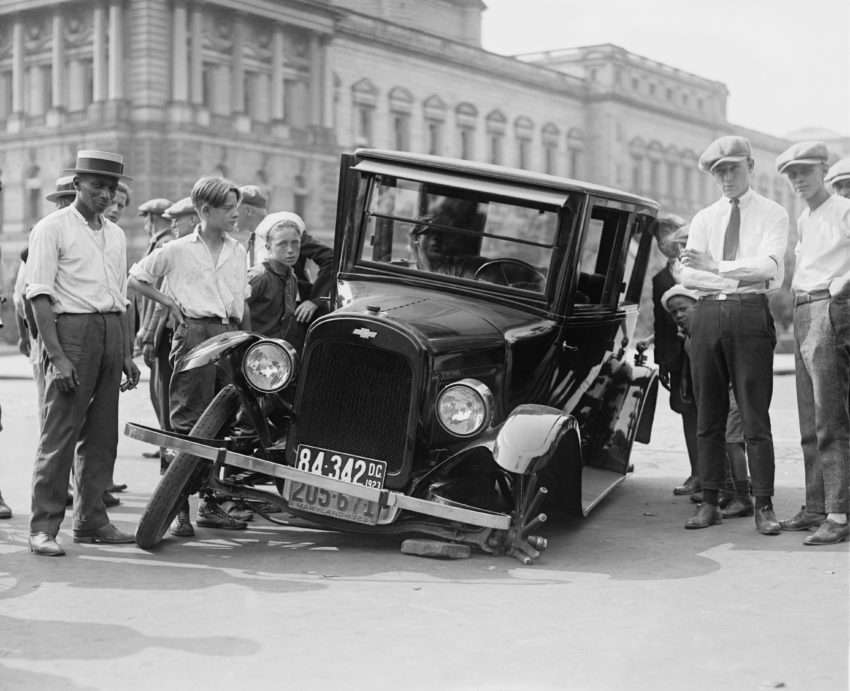
What is the definition of a car insurance claim?
After their vehicle is damaged or they are hurt in a car accident, a driver makes a car insurance claim with their insurance provider for financial recompense. Insurance firms in the United States pay out more than $170 billion in auto insurance claims each year. While the process varies by state and insurer, the fundamental processes are usually the same.
Car Insurance Claims: What You Should Know
- When you should file a claim is determined by the severity and cause of your injuries or property damage.
- Who or what caused the damage determines which insurance company to file a claim with.
- To file a claim, call the insurance company and give them your information as well as any accident documentation.
- Depending on the conditions and insurance company, auto insurance claims hike premiums by an average of 12 percent to 45 percent.
How to Make a Car Insurance Claim in 5 Easy Steps
1. Contact Your Insurance Company
As quickly as possible, contact your agent or insurer to report the accident. In addition, be ready to submit the following details:
- Which vehicle was involved in the accident?
- Who was the driver?
- The accident’s location and time
- A basic account of the collision and the extent of the damage
- The other driver’s identity and insurance information
- Other people involved in the accident and witnesses’ names and contact information
Take notes and jot down the claim number you’re given. Further, make a note of the person’s direct phone number and full name.
2. File an official police report.
Your insurance company will require a police report number. Therefore, if you did not receive a police report at the scene, you can still make a report at a local police station.
3. Wait for an adjuster to arrive.
Your claim will be assigned to an adjuster by the insurance company. Most likely, the adjuster will call you for more information. When describing the accident, make sure you stick to the facts. It’s always best to avoid guesswork. Furthermore, it is helpful to provide any photos you took at the location. Additionally, it can be very beneficial to provide any witnesses’ contact information if you have it.
Keep in mind that they will record the conversation. This recording will help them determine who is to blame. In addition, before contacting the other driver’s insurance company to file a personal injury claim, you should consult with an attorney.
In addition to gathering information concerning the collision, the adjuster will assess the damage to your vehicle. Finally, they may also request that you take it to a licensed repair shop for evaluation.
4. Request an insurance adjuster’s report.
The adjuster will estimate the cost of repairs after considering the circumstances of the incident, including the vehicle’s damage and your coverage. Therefore, when evaluating how much your insurance company will pay for vehicle repairs, they will consider this estimate—or one from a repair shop.
5. Receive payment.
After the estimate and evaluation are complete, the final payment will be given authorization by the adjuster. After you receive this payment, you’ll sign a release acknowledging the offer as full payment for the claim.